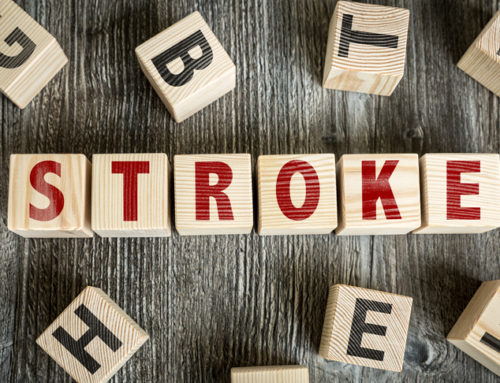People who have suffered a stroke should have a good understanding of neural plasticity as they undergo their rehabilitation program.
When a stroke occurs, neural pathways in the brain are damaged. This damage usually interrupts the stream of signals in the brain, as well as between the brain and various parts of the body.
Neural plasticity happens when an all-new neural pathway is created, or a previously unused part of the brain is activated.
According to Dr. Richard Senelick, author of Living with Stroke: A Guide for Families, other parts of the brain can reconnect, or other areas of the brain can even completely take over the functions of the brain areas that were damaged by stroke. But it takes a lot of practice.
What does practice mean specifically? Rehab. Senelick says that what causes the brain to improve in function is deliberate, repetitive practice. The more actions are repeated, the more the therapy helps to repair the brain. And the biggest key to repairing stroke damage, he says, is getting a jump start on rehab right after the stroke.
‘The earlier the better,’ he says. The key is to get the family involved early on in the patient’s rehab so that he or she gets the repetitions needed early in the rehab program to maximize brain recovery.
What To Do About Recovery Plateaus
Many survivors of stroke often see strong progress early in their rehab, but then it often slows. What you should remember is that just because progress isn’t obvious, does not mean it is not occurring. The rate of progress may have slowed, but the brain still is recovering and gaining strength. It is very important to stay diligent in rehab, even when the progress is not obvious.
The doctor also notes that neural plasticity can happen many years after stroke, and some survivors may see steady progress in their recovery many years after the vent.
Some parts of the brain that are damaged do not regrow, and some parts that are damaged can indeed regrow by doing repetitive, functional tasks that encourage brain regrowth.
Senelick stresses that stroke survivors who seem to be at a plateau in their rehab should be checked over by a therapist or doctor. It’s vital to get a quick evaluation and see if there is still potential for brain recovery. It’s possible that a different type of rehab could do the trick.
Dressing Aids For Stroke
As you continue to work with your rehab routine, remember that their are products available that can assist in your recovery:
Shoe and Boot Valet Dressing Assist
This is one of the easiest ways to put on and take off your shoes.
Or, consider the Economy Hip Kit, which features several ADL-recommended aids for people who are recovering from stroke:
Use these dressing aids as you continue with your rehabilitation program. With plenty of practice and patience, the research shows that you can indeed regain a high level of body function.





